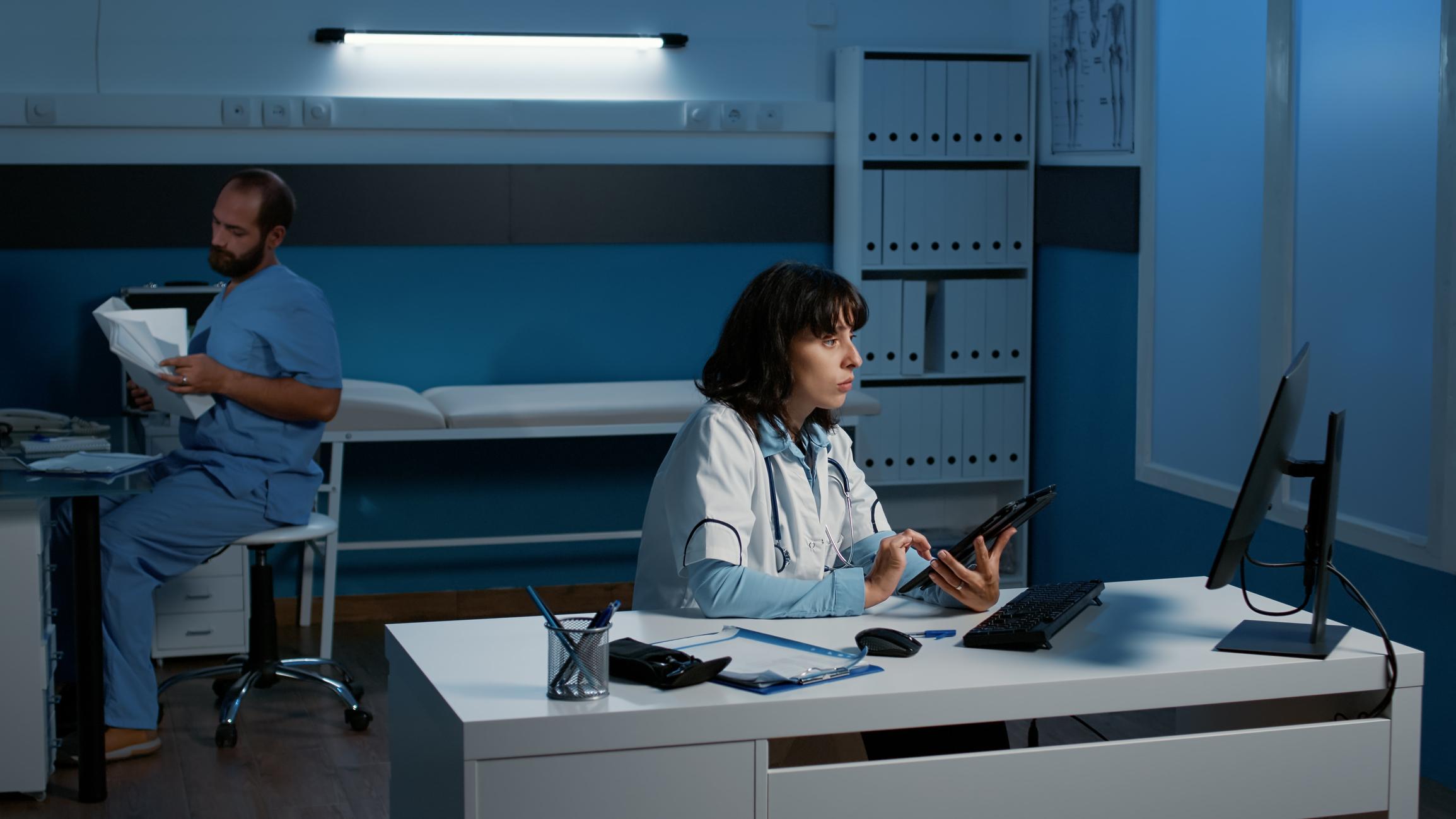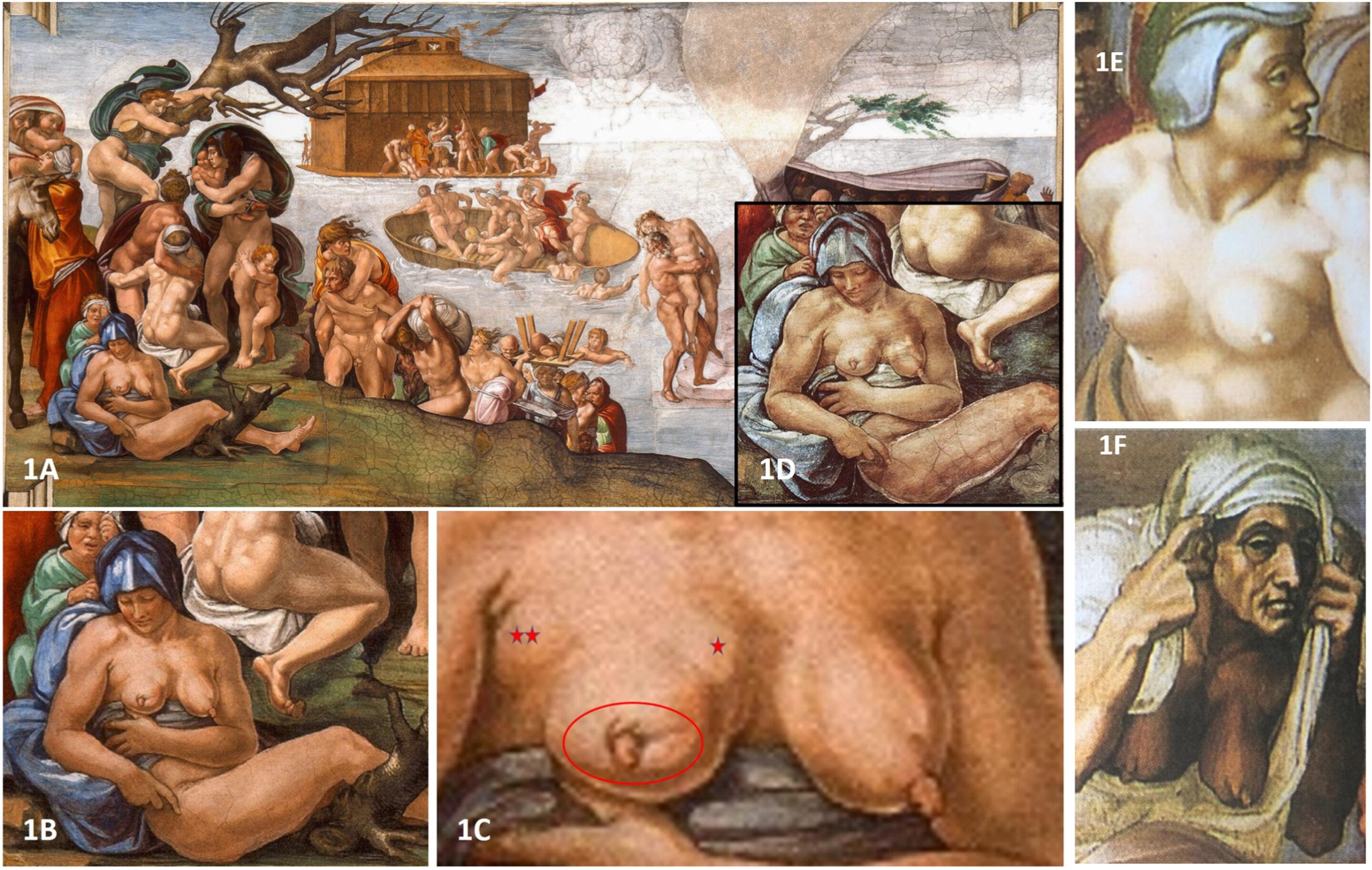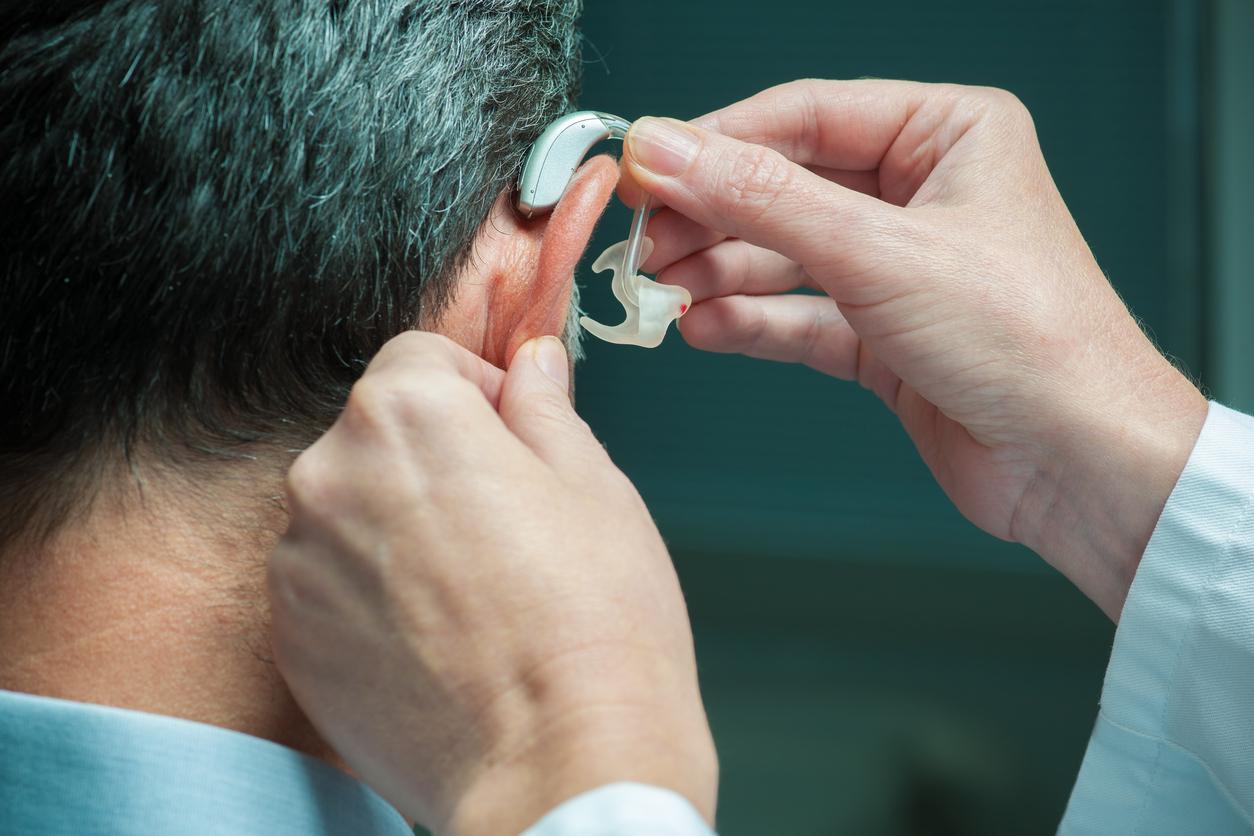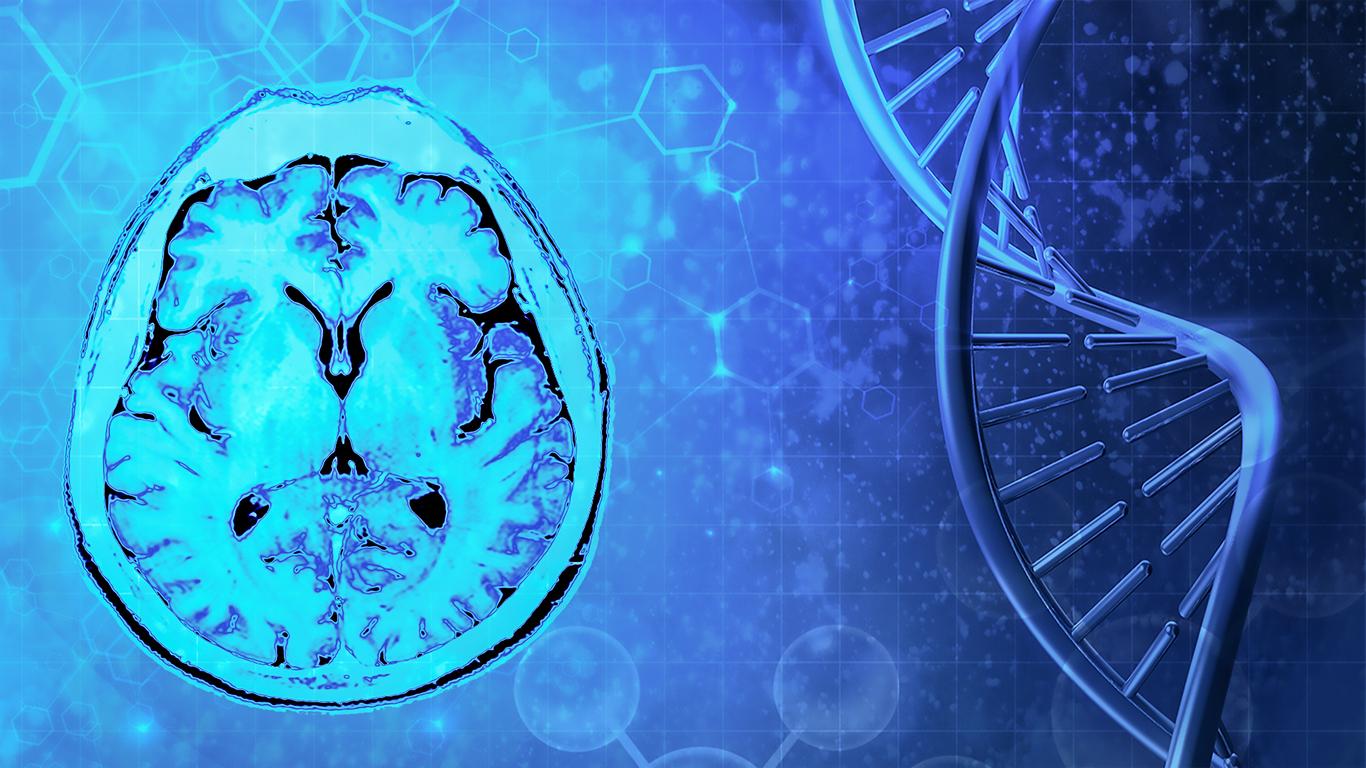A Canadian research team contradicts a 60-year-old theory about how human vision works. This is what interests us in the instant that our eye sees first.
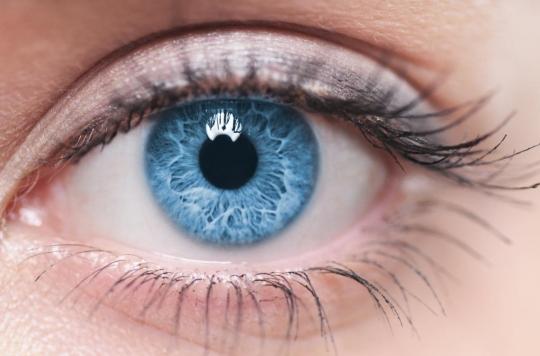
A theory developed in 1958 is challenged by Canadian researchers. At the end of the 1950s, Donald Broadbent showed that the eye sees the most interesting things first, pre-selected by the brain. For the York University team, this assumption would be false. They prove it in a study carried out in particular thanks to artificial intelligence, and published in the journal PLOS.
A questioning of the theory of salience
For Donald Broadbent, interesting images for the brain are those that relate to why we are looking at something or those that present something new that catches our attention. The mechanism of vision would be based on the principle of salience: it defines the level of interest that a scene or a thing presents for the brain. The higher it is, the faster the eye sees it. John Tsotsos, the director of this new research on the links between eye and brain, contradicts this theory. According to him, salience is not used by the brain in all cases, especially when it comes to rapidly describing an image.
The researchers first tested the theory with artificial intelligences. “For example, if the goal is to determine if there is a cat in the scene, is the saliency algorithm able to detect it? asks John Tsotsos, the study shows that these algorithms do much worse than men.” However, these artificial intelligence tools are usually good when it comes to reproducing human behavior related to vision.
Improve the diagnosis of certain diseases
The rest of the study was carried out with 17 participants aged 25 to 34. The researchers showed them 2,000 colorful pictures, some of which showed an animal. Each of the participants looked at the center of the photo for 20 seconds. All were able to tell when there was or was not an animal. For researchers, this is proof that the principle of salience is not valid in all cases. “When you want to diagnose eye disorders, adds the scientist, you are basing yourself on the functioning of sight in someone in good health. What we have done with this study is to add new pieces to the puzzle the normal functioning of sight.” According to him, these discoveries could make it possible to better detect certain pathologies of vision and certain forms of autism.
.




